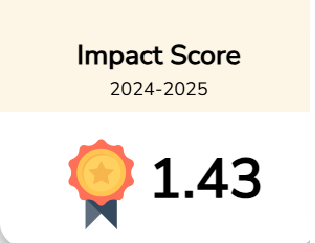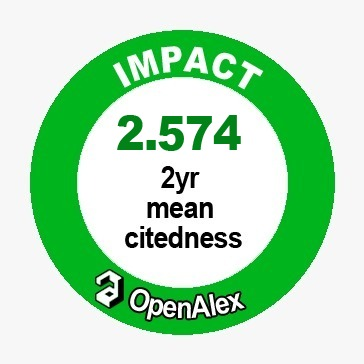Are you a hedonistic or utilitarian? Understanding the role of consumer mood in the relationship between e-commerce attributes and customer motivations
Downloads
Purpose: This study aims to determine the factors influencing consumer motivation (hedonistic or utilitarian) which ultimately affects consumer impulsivity in shopping.
Design/Methodology/Approach: This study uses a survey method in the form of a questionnaire to collect data. The study has six variables which are represented by various indicators. Variable measurements were carried out using a Likert-six scale. The collected data was tested for validity and reliability and then put into hypothesis testing using SEM with the help of Amos 24.0.
Finding: The sample of respondents consisted of 410 students from Universitas Negeri Jakarta. After processing the data, we concluded that e-commerce attributes influence consumer motivation in shopping both utilitarian and hedonistic. The relationship between website personality, store motivating actions and utilitarian customers is not influenced only by mood. Utilitarian consumers will focus more on the promotions and website quality than on their emotional state.
Conclusion: External factors completely influence consumer motivation for online impulsive shopping. Meanwhile, the utilitarian consumer type is not completely influenced by internal factors.
Research Limitation: Only a few variables were examined in this study in order to allow for the testing of additional variables and their potential impact on consumer impulsivity in further research. In addition, this study only took a sample of students aged 18-30 years. The scope of respondents can be expanded not only to Generation Z but to other types of professions with an older age (up to 45 years) because there is a greater possibility of impulsive shopping for consumers who are already working and adults.





